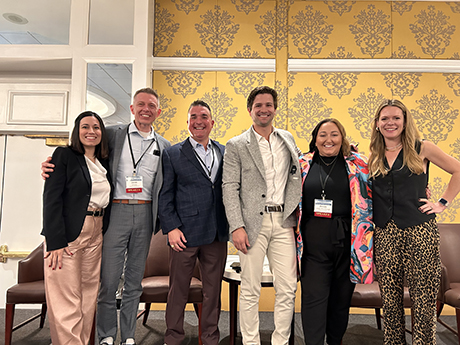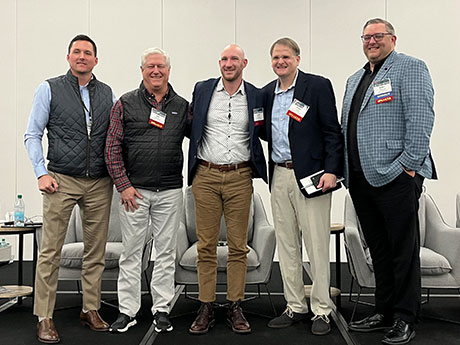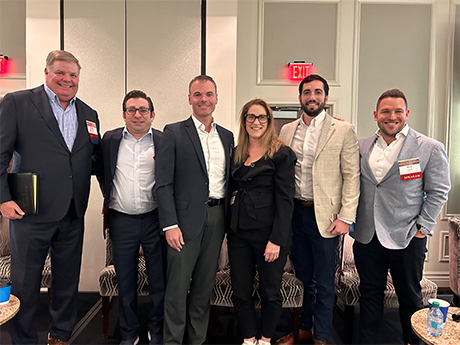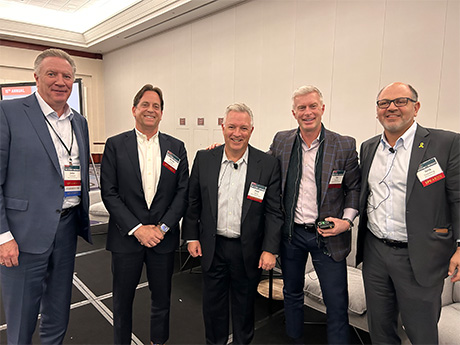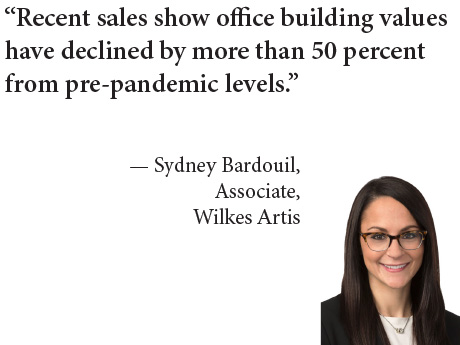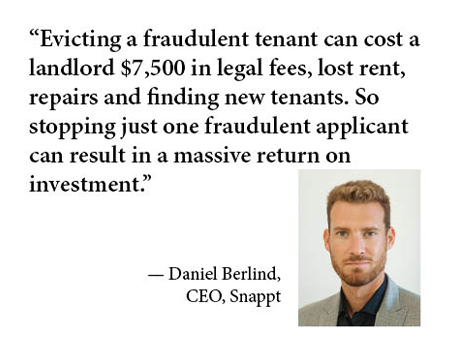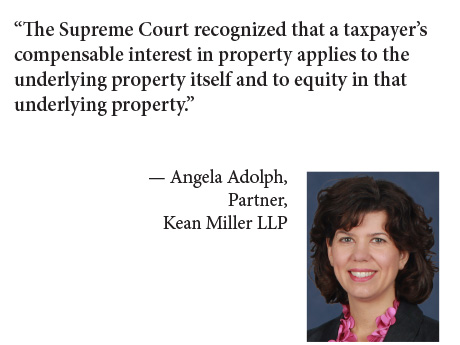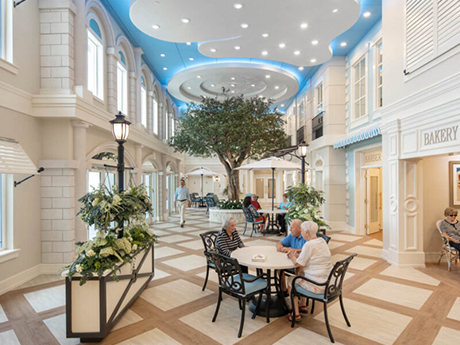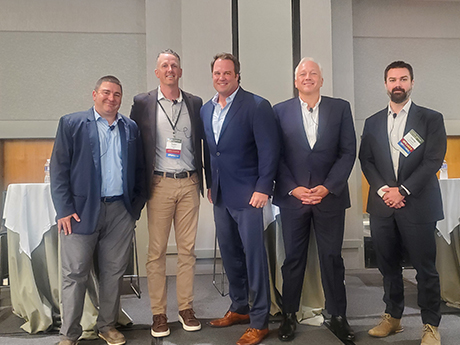CHARLOTTE, N.C. — As the clock struck midnight on New Year’s Eve, the 2025-2026 academic year moved further into focus. What can the industry expect to see this year from a preleasing perspective? Are rents expected to keep growing? And by how much? All of these questions and more were discussed during a kick-off panel at the 2024 LeaseCon/TurnCon conference by InterFace Conference Group, which took place this past December in Charlotte. As of Dec. 3, student housing properties across the country were 36.6 percent preleased on average — a 1.3 percent decline from rates seen at the same time in 2023, according to moderator Charlie Matthews, founder and CEO of data provider College House. Editor’s note: InterFace Conference Group, a division of France Media Inc., produces networking and educational conferences for commercial real estate executives. To sign up for email announcements about specific events, visit www.interfaceconferencegroup.com/subscribe. Of markets across the United States, the Southeast led the way with the highest preleasing percentage at 43.5 percent. Asking rents have congruently grown by 4.9 percent across the country as of early December, according to Matthews, with average rents at $990. Leading the way in rent growth for the 2025-2026 academic year …
Southeast Feature Archive
Conference CoverageFeaturesGeorgiaMultifamilyMultifamily & Affordable Housing Feature ArchiveSoutheastSoutheast Feature Archive
Stickiness of Renter Sets Build-to-Rent Sector Apart from Traditional Multifamily, Says InterFace Panel
ATLANTA — When considering a single-family, build-to-rent (BTR) development or acquisition, the main priority of the developer or investor is to focus on finding a place where people want to live, said Zach Persky, vice president of acquisitions for Quinn Residences. Access to jobs, retail corridors and good school districts are all important factors for potential residents. Persky was one of the speakers on the BTR panel at the 15th annual InterFace Multifamily Southeast conference, which took place Wednesday, Dec. 4 at the Cobb Galleria Centre in Atlanta. Kyle Palmer, managing partner of Palmer Real Estate Investment Services, moderated the discussion. Editor’s note: InterFace Conference Group, a division of France Media Inc., produces networking and educational conferences for commercial real estate executives. To sign up for email announcements about specific events, visit www.interfaceconferencegroup.com/subscribe. While the BTR segment may still be in its infancy, its fundamentals are solid, according to the panel. Demand comes from would-be homebuyers who are priced out of the single-family market. These purpose-built rentals have many of the same perks of for-sale homes, such as yards and private garages, without the handicaps of down payment and mortgage commitment. BTR construction completions nationally totaled more than 50,000 units …
Creative Capital, Partnerships Loom Large in Healthcare Real Estate, Says InterFace Panel
by John Nelson
NASHVILLE, TENN. — Healthcare real estate investment is at a pivotal point of this current cycle. On one hand, the investment sales market is expected to rebound heartily following a few subdued quarters. According to data from Maryland-based research firm Revista, investment sales volume for medical office buildings (MOBs) was $2.1 billion in third-quarter 2024, in line with the first two quarters of the year but down from more robust quarters in 2021 and 2022. On the other hand, funding this expected uptick in acquisitions will be more layered than ever before, even with the recent cuts to the federal funds rate by the Federal Reserve. Ben Appel, executive managing director of Newmark’s healthcare capital markets team, said that the competition level is increasing as deals come to market, but what’s more notable is the capital stack behind those bids. Editor’s note: InterFace Conference Group, a division of France Media Inc., produces networking and educational conferences for commercial real estate executives. To sign up for email announcements about specific events, visit www.interfaceconferencegroup.com/subscribe. “Today those bids have two to three different sleeves of capital behind them,” said Appel, who is based out of Newmark’s Philadelphia office. “We are seeing some of …
Conference CoverageFeaturesGeorgiaMultifamilyMultifamily & Affordable Housing Feature ArchiveSoutheastSoutheast Feature Archive
InterFace: Multifamily Investors Are Bullish on 2025 Sales Market, Though Many Hurdles Will Carry Over into New Year
by John Nelson
Speakers on the investment sales panel at the annual InterFace Multifamily Southeast conference were overall bullish on the sector’s investment prospects in the new year. The event, now in its 15th year, was held on Wednesday, Dec. 4 at the Cobb Galleria Centre in Atlanta. To kick off the panel, moderator Paul Berry, president and COO of Mesa Capital Partners, discussed what a recovery could look like in terms of investment sales volume. Editor’s note: InterFace Conference Group, a division of France Media Inc., produces networking and educational conferences for commercial real estate executives. To sign up for email announcements about specific events, visit www.interfaceconferencegroup.com/subscribe. Berry said that in the six years leading up to the onset of the COVID-19 pandemic, annual U.S. multifamily investment sales volume hovered between $155 billion to $195 billion per year. He noted that due to robust inventory growth during that time, a “normal” yearly sales total would average out to $180 billion to $190 billion. “2021 saw ‘double normal’ — it was $350.7 billion,” said Berry. “The first three quarters of 2022 were at that same level before it slowed down by the end of the year, but it still eclipsed $300 billion.” He …
FeaturesHeartland Feature ArchiveMultifamily & Affordable Housing Feature ArchiveNortheast Feature ArchiveSoutheast Feature ArchiveTexas & Oklahoma Feature ArchiveWestern Feature Archive
Forecast Survey: What’s Your Take on Commercial Real Estate in 2025?
by John Nelson
The editors of REBusinessOnline.com are conducting a brief online survey to gauge market conditions in 2025, and we welcome your participation. The survey should only take a few minutes to complete. Questions range from property sectors that you are most bullish on heading into 2025 to trends in deal volume to your outlook for interest rates. The results of our 14th annual survey will be compiled and published in the January issues of our regional magazines. Conducting these surveys is part of our mission at France Media to provide readers with indispensable information, and we couldn’t do it without your help. To participate in our broker/agent survey, click here. To participate in our developer/owner/manager survey, click here. To participate in our lender/financial intermediary survey, click here. (Note: Please remember to click on “done” to properly submit the survey.)
Commercial property owners in the District of Columbia are crawling out of a post-pandemic fog and into a new, harsh reality where office building values have plummeted, but property tax assessments remain perplexingly high. Realization comes slowly Immediately following the pandemic, many office property owners adopted a wait-and-see attitude toward the volatility permeating the sector, clinging to hopes that the rising popularity of remote work and similar office worker practices would prove temporary. Once the Federal Reserve began raising interest rates to combat generational inflation in 2022, however, hopes for a “return to normal” vanished and a grim reality set in. Recent transactions involving office properties in the District clearly indicate that investors recognize the negative impact these market forces have exerted on office building valuations and are now pricing those changes into the amounts they are willing to bid for acquisitions. These recent sales show office building values have declined by more than 50 percent from pre-pandemic levels. The other shoe began to drop on office market pricing in early 2023 with a rise in distress transactions, in which the office owner sells or forfeits the property to resolve some form of trouble, typically financial. These turnovers in ownership …
Scammers lurk in the background of virtually every industry, and the multifamily sector is no exception. Some renters will leap at the chance to exploit loopholes in the system and take advantage of unprepared landlords. “As a baseline definition, we classify rent fraud as any act of intentional deception by a renter to deceive the property owners to gain financial or personal benefit,” says Josh Albrechtsen, senior vice president and general manager of front office solutions at RealPage. “Fraud is evolving constantly. This is not a one-and-done problem solve. The trends and behaviors of the fraudsters indicate an ongoing chess match.” Unfortunately, renter fraud is increasingly common. In January, the National Multifamily Housing Council (NMHC) released the results of a fraud survey, which collected responses from 75 property owners, developers and managers. A whopping 93 percent of survey respondents stated that they had experienced fraud over the past 12 months. Additionally, 71 percent of respondents had encountered increased fraud activity in the last year. Snappt, which specializes in assisting apartment property managers with document fraud detection, reported that of the nearly 3.3 million application documents its platform scanned in 2023, approximately 177,000 were fraudulent. That represents an average fraud rate …
By Angela Adolph, Esq. of Kean Miller LLP Federal courts rarely adjudicate property tax matters, which have traditionally been the province of state courts. In May 2023, however, the U. S. Supreme Court issued a unanimous decision in a case that squared state property tax law up against the Fifth Amendment takings clause, which prohibits taking private property for public use without just compensation. Taken for taxes The events leading to Tyler vs. Hennepin County began in 1999, when Geraldine Tyler purchased a Minneapolis condominium that she occupied until she moved into a seniors housing community in 2010. Tyler retained ownership of the condominium but failed to pay property taxes on it for several years, resulting in approximately $2,300 in unpaid taxes and $13,000 in interest and penalties. Acting in accordance with Minnesota tax forfeiture procedures, Hennepin County seized the condominium and sold it for $40,000. This extinguished Ms. Tyler’s $15,000 tax debt, and Hennepin County kept the remaining $25,000. Minnesota’s tax forfeiture procedure required the county to give the delinquent taxpayer adequate notice of the tax sale; notably, the procedure lacked a mechanism for a delinquent taxpayer to assert a claim to any sale proceeds remaining after paying off …
Technology Can Complement — But Never Replace — The Human Touch in Seniors Housing Communities, Say InterFace Panelists
by John Nelson
ATLANTA — Though the older population is often seen as removed from modern technology, tech products offer great promise to the seniors housing sector. Participants in the “Technology Revolution: Enhancing Resident Care and Operational Cost Effectiveness” panel at the InterFace Seniors Housing Southeast conference (held recently in Atlanta) all agreed on this point. Importantly though, the panel — which was moderated by Mark Petty, vice president of corporate accounts with ICON — also highlighted the fact that seniors housing is an industry rooted in human interaction. Given this fact, the panelists concluded that technology can complement and enhance, but never replace, the human touch. Editor’s note: InterFace Conference Group, a division of France Media Inc., produces networking and educational conferences for commercial real estate executives. To sign up for email announcements about specific events, visit www.interfaceconferencegroup.com/subscribe. Three Questions A strategic approach in the purchase and application of technology within seniors housing communities is paramount, pointed out Joe Jasmon, CEO and managing partner of American Healthcare Management Group. In addition to being highly helpful, the products offered by tech companies can be costly. “To have tech just to have tech is really a waste of time, effort and money,” asserted Jasmon. …
As a bridge lender across the full spectrum of seniors housing, Live Oak Bank has been able to capitalize on the limited liquidity in today’s market that has resulted in stalled transactions and refinancing challenges in this niche property sector. “Trust me, I have a certain advantage right now with the lack of lenders [active in the space], and I enjoy that because it enables me to be very strategic on relationships and the people that I choose to partner with and grow. But having liquidity back in our market is necessary for a healthy seniors sector,” believes Chad Borst, managing director of seniors housing at Live Oak Bank, headquartered in Wilmington, North Carolina. Editor’s note: InterFace Conference Group, a division of France Media Inc., produces networking and educational conferences for commercial real estate executives. To sign up for email announcements about specific events, visit www.interfaceconferencegroup.com/subscribe. Borst would like to see banks that moved to the sidelines in recent years due to the disruption in the capital markets return to the playing field. “I want the permanent financing market to open up more broadly. I want other banks to come back because it will help the overall health of our …


